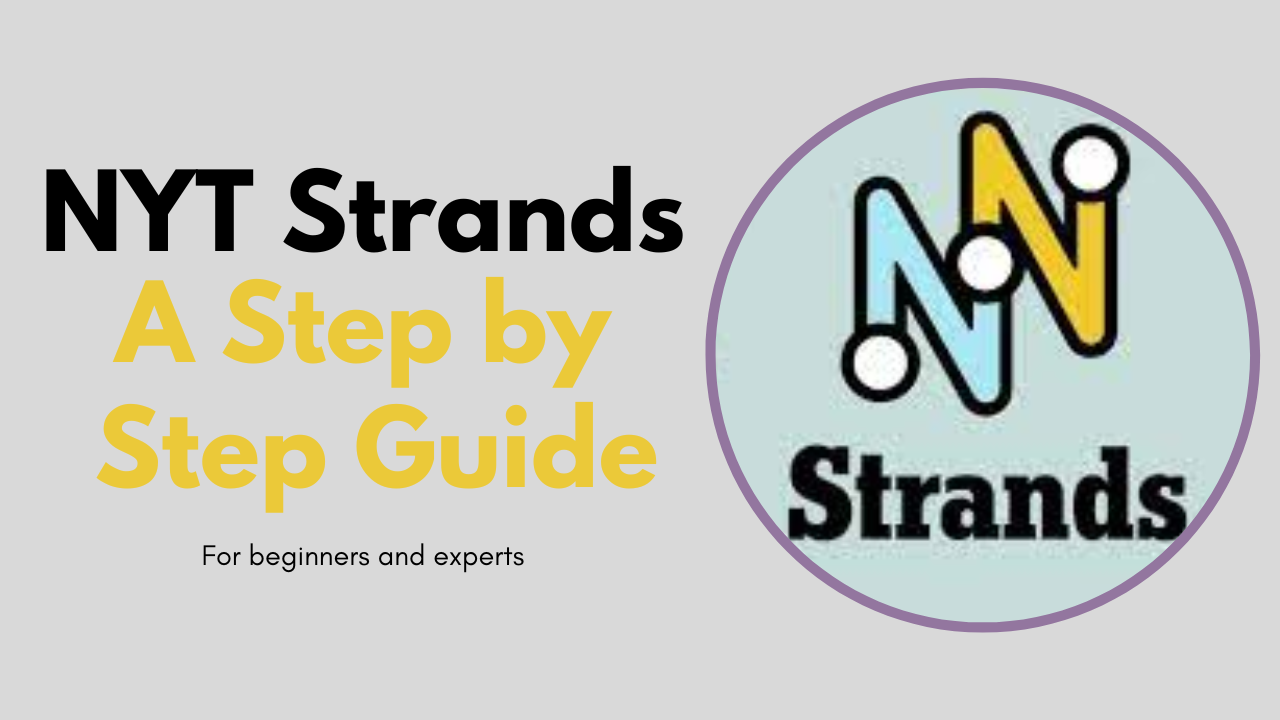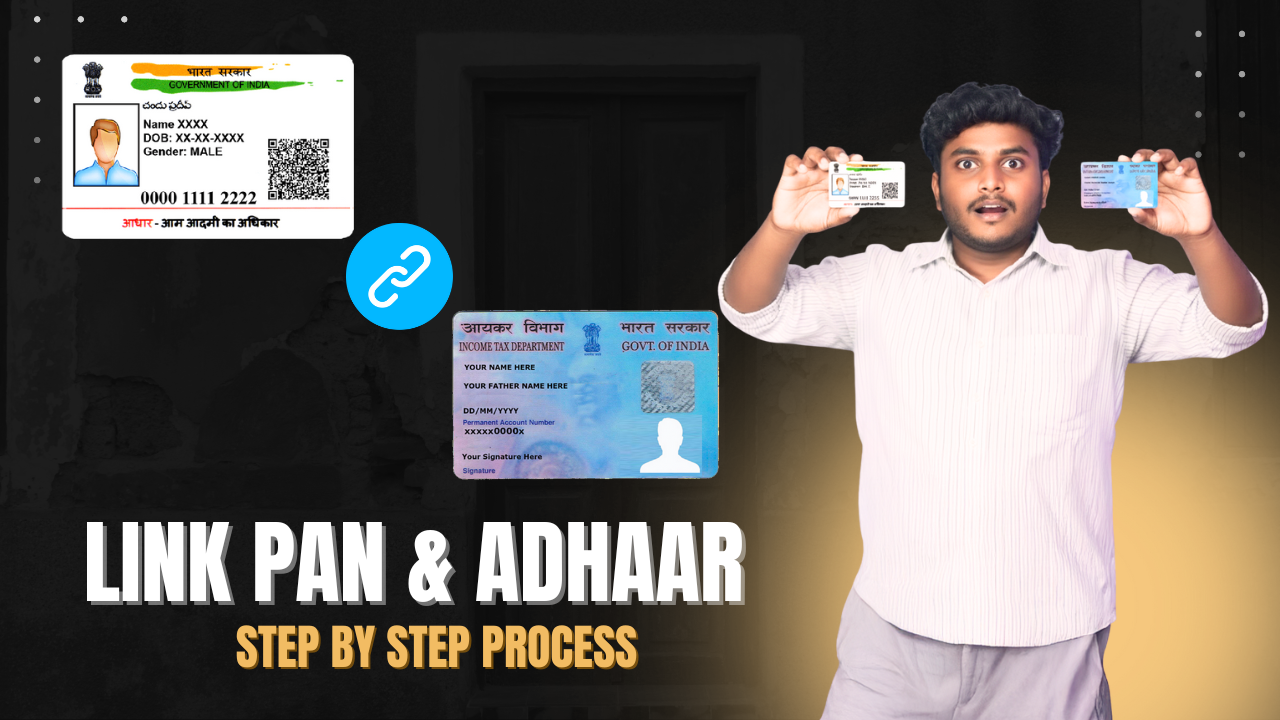How to Engage with Strands: The New York Times’ Fresh Word Search Challenge
Check out Strands, the latest word game sensation from How to Play NYT Strands, The New York Times, joining the ranks of beloved classics like Connections and Spelling Bee. Developed by Tracy Bennett, the mastermind behind Wordle, Strands offers a fresh challenge in beta mode, available on the web for now.
Scratch your word puzzle itch with Strands, a delightful blend of Scrabble and word search, introduced by The New York Times on March 4, 2024. Edited by Tracy Bennett, the same creative force behind Wordle, this game promises a captivating experience reminiscent of classic crossword sleuthing.
If you’re a fan of NYT’s word game collection, including Connections and Wordle, get ready for a new obsession. Strands, the latest addition to the lineup, launched on March 4, 2024, and is already making waves with its innovative gameplay. Join in on the excitement and dive into the world of Strands today.
Following the global craze of Wordle, word games are hotter than ever, and Strands is the newest entrant in the scene. Released by The New York Times, this daily puzzle offers a refreshing twist on traditional word searches, proving to be surprisingly addictive despite its simplicity.
- Strands, developed by The New York Times, offers a daily word search experience with unique twists.
- In each puzzle, players tap letters to create words aligned with the day’s theme.
- Success in Strands hinges on careful consideration of clues, beginning in the corners, and utilizing hints when necessary.
Strands: The Innovative Word Search Game by The New York Times
Strands, a captivating twist on traditional word searches, challenges players with a grid of 48 letters arranged in a 6×8 formation, accompanied by a singular clue. Your mission? Uncover words related to the clue’s theme, including the pivotal “spangram” that spans two sides of the board.
To play, simply tap or drag your finger across letters to form words. Correctly identified words turn blue (or yellow for the spangram), while incorrect guesses earn hints. With three wrong guesses equating to one hint, players must balance accuracy with exploration.
While not as mentally demanding as Connections, another beloved NYT game, Strands still exercises the brain with its engaging puzzles. Currently in beta, the game is exclusively available on the web, awaiting full integration into the New York Times Games app.
Strands infuses the familiar word search concept with intrigue, challenging players to decipher a daily theme hint while hunting for words within a 6 x 8 grid. The elusive Spangram serves as the cornerstone, encapsulating the theme and guiding players towards completion.
Unlike conventional word games, Strands provides hints sparingly, penalizing players for guessing unrelated words. However, with perseverance and strategic thinking, players can unravel the puzzle’s theme and conquer each day’s challenge.
With its unique mechanics and daily brain-teasers, NYT Strands promises an immersive word-search experience that will keep players engaged and entertained.








2 thoughts on “How to Play NYT Strands New York Times rolled out Strands Best Hints and Answer 2024”